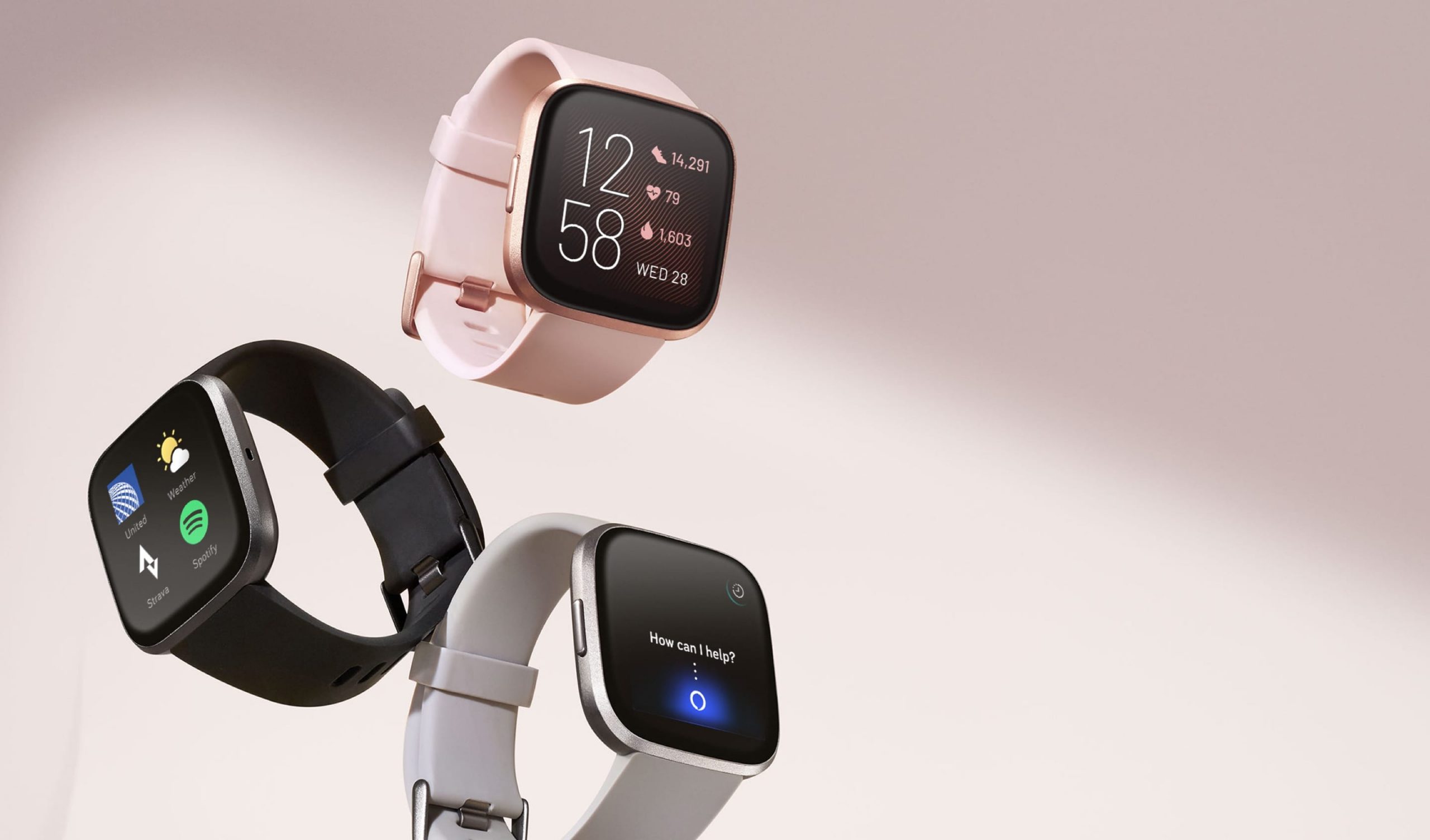Forget about New Year’s Resolutions that began on January 1. By now, that’s probably what you’ve done anyway. By the end of January, eight out of ten people are likely to have failed to maintain their resolutions. That means the gyms are getting less crowded, friends and colleagues are becoming less painful about brief obsessions, and the media has stopped trying to make you feel guilty.
But there is another reason 1 January was an appalling date to start trying to improve yourself. Not only were you likely to be in recovery mode, but you were also firmly in holiday mode, with little incentive to get out of bed on the day. It also meant that, as you and your body emerged from vacation inertia, it remained inordinately difficult for several weeks to get motivated. And that translates into January and February being recipes for failure of resolve.
This is why the new date for kicking off New Year’s resolutions should be 1 March. By then, you are fully back in the swing of adulting, the world has stopped pressurising you to change yourself, and you can set your own pace. This also means that you can tackle your resolutions step by step, rather than going for the big bang approach.
This revelation came to me as I began exploring the functionality of what is arguably the best fitness monitoring device on the market. The Fitbit Versa 2 looks good, works well as a smartwatch, and has tremendous functionality onboard. But use it in tandem with the Fitbit app, and it becomes the wellness assistant that your doctor could never be.
First, those looks. Aesthetically, the Versa 2 has a far better design than the original Versa 1, opting for a more square design and a better AMOLED display instead of a regular LCD display. This makes it far easier to read the screen in brighter daylight conditions, and helps the smartwatch save battery life by not illuminating every pixel. It offers customisable watch faces, from a community-based library. Want your watch to display Van Gogh’s Starry Night? It’s yours, with a few clicks.
The body is made of aluminium, which gives a nod in the right direction to those who prefer a smarter looking smartwatch. This places it in the league of the most expensive smartwatches, while still retailing at less than half the cost – under R4,000 compared to the Apple Watch starting at R9,000.
Visit the next page to read more about the functionality of the Versa 2.
Pages: 1 2 3 4



















